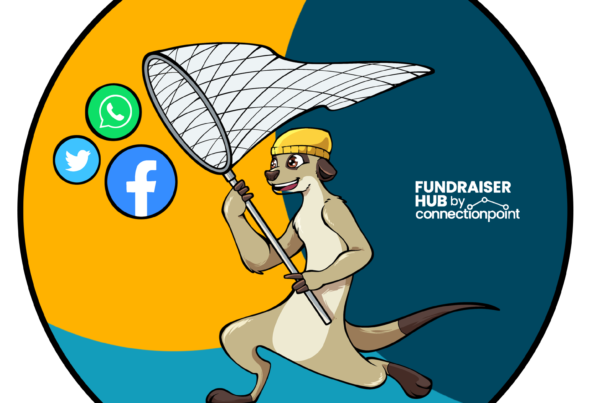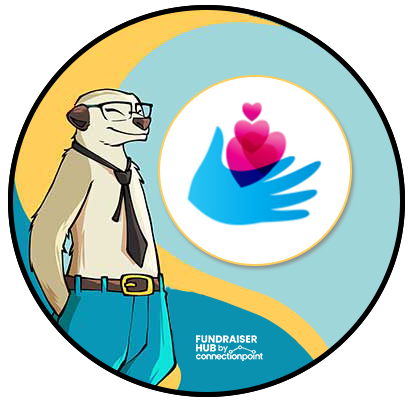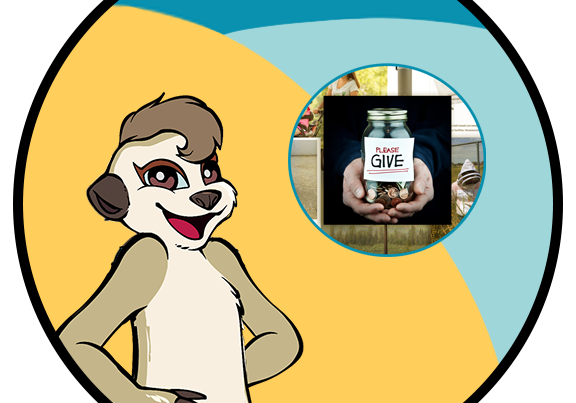
🎬 Why Your Fundraising Story Matters More Than You Think (Hint: It’s Not Just the Info!)
Let’s cut to the chase: your campaign’s story is everything. It’s the Beyoncé of your fundraiser. The headliner. The main event. And if you want people to care, donate, and share—it better strike a chord.
But here’s the plot twist…
Most campaigns make one big mistake: they dump all the information. Like, all of it. Dates, stats, mission statements, what Brenda said at the last board meeting, the founding story of 2002—bless it, but it’s too much.
Here’s the real tea:
Your story doesn’t move mountains because of facts.
It moves mountains because of feelings. ❤️
Think about your favourite book, movie, or Netflix binge.
Why do you love it?
Because of how it made you feel, you laughed, cried, gasped, and texted your friends, “You HAVE to watch this.”
That’s the kind of emotional reaction your campaign story needs to spark.
Now, let’s take a quick trip back to our ancient ancestors—the original storytellers.
Imagine you’re a caveman (or cavewoman 🪨), sitting around the fire, when your buddy starts telling you about the time he got chased by a bear. You’re riveted. Why? Because you’re not just being entertained—you’re learning something that might save your life.
(Side note: Please do not fight a bear. We do not endorse this.)
So what’s the point?
People remember stories, not statistics.
They support people, not platforms.
And they give when they feel connected.
Bottom line: Write a story that makes people feel—and they’ll stick around to give.
Now, make ‘em laugh, cry, and most importantly… care. 🎭✨
But why would our ancient ancestors actually pay attention to this guy’s bear-fighting tale (besides the obvious drama)? It’s not like they had popcorn and Netflix. There had to be something in it for them—even if they didn’t know what.
Enter our brain’s hype man: dopamine. 💥
Dopamine is the feel-good chemical that lights up when a story hooks us. So when our buddy’s near-death bear battle unfolds, we’re emotionally invested. We’re thrilled he made it, curious about his survival hacks, and secretly hoping we never need them. Still, we’re learning. We’re engaged. And in the grand game of survival, that emotional payoff might just help us avoid becoming cougar chow.
Evolution: sponsored by storytelling and just the right amount of danger. 🐻🔥
Let’s bring this back to your campaign.
When you’re telling your fundraising story, you’re not just tossing out information and hoping for the best — you’ve got two big goals in mind:
- 🎯 Get donations to solve a real problem right now.
- 💖 Build long-term support by connecting people emotionally to your cause.
The first one is easy: you need funds, and your campaign is how you get them.
The second? That’s where the magic happens. ✨
Crowdfunding doesn’t have to be a one-time thing. A powerful campaign story can turn one-time donors into lifelong supporters. When you connect with someone emotionally—when you light up their brain with that feel-good dopamine rush—they don’t just give. They care. And once they care, they stick around. They follow your updates, cheer on your success, and tell their friends.
Because here’s the thing: your story doesn’t end with the campaign launch. It’s just the beginning. Every dollar raised gets you closer to solving the problem you laid out. Every donor has now bought into your journey—and they want to see how it ends.
Even better? They bring others along for the ride. And just like that, your campaign turns into a movement. 🚀
So to sum it all up:
A great fundraising story makes people feel something. It’s engaging, emotional, and real. That’s what gets them to donate—and keep coming back. When they share your story, your impact grows. And together, you write a chapter that might change the world.
The art of campaign storytelling.
Technical writing advice for fundraisers.
Need help navigating the campaign story editor?




